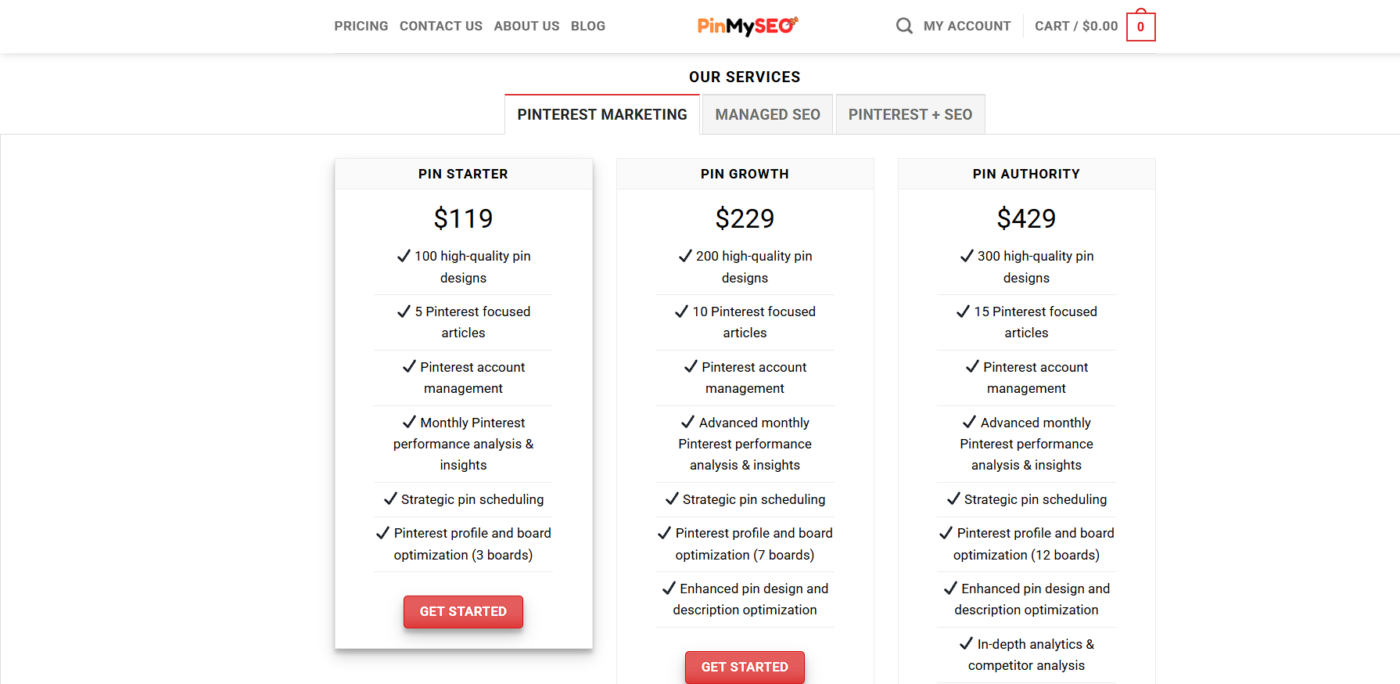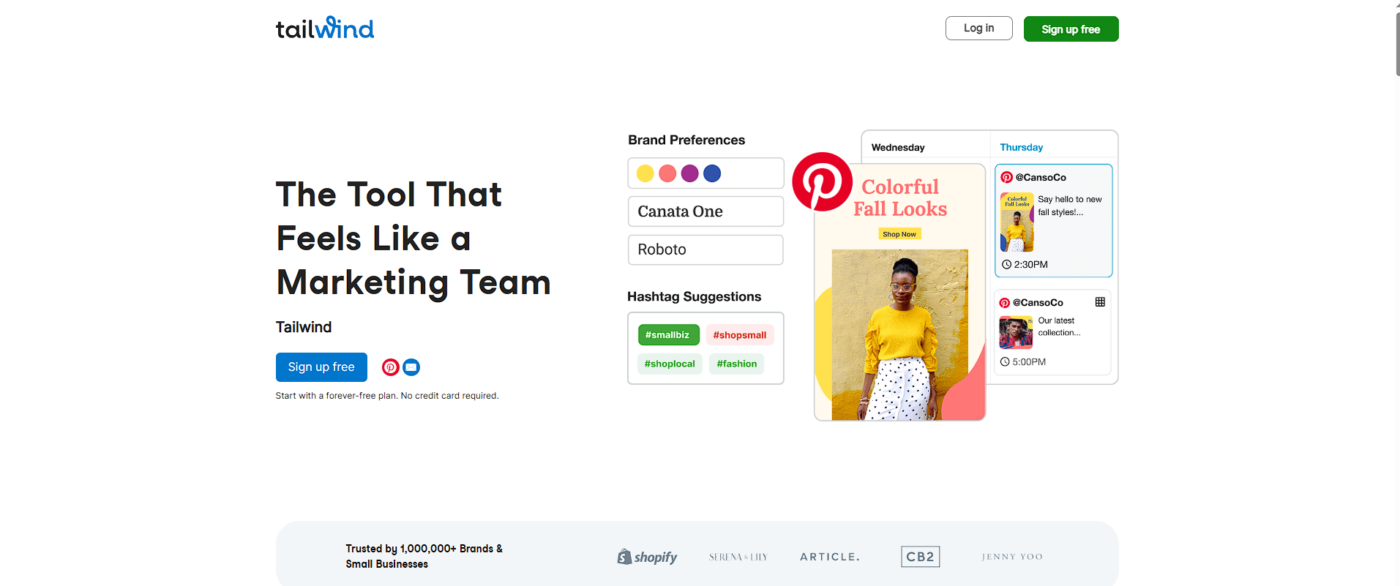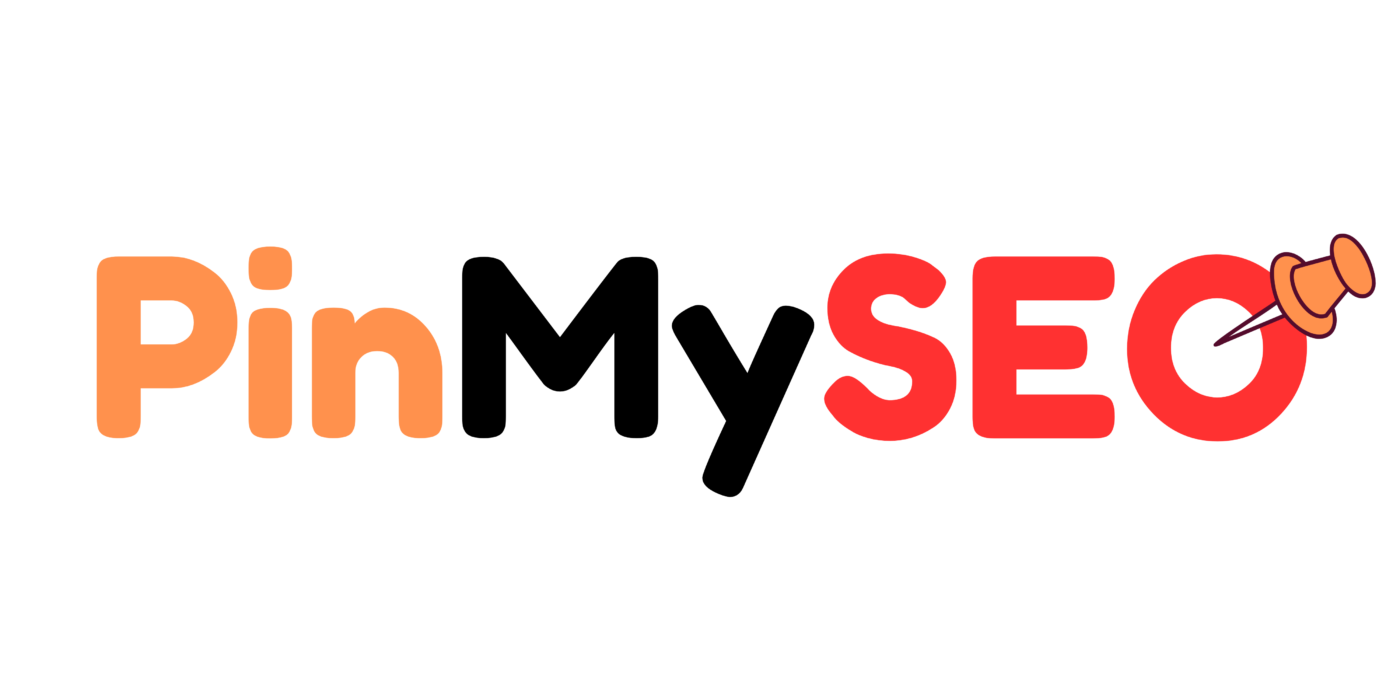8 Tools to Automate & Explode Pinterest Traffic
Pinterest is one of the few platforms where you can still grow organically without a big budget, a blue checkmark, or a massive following.
I’ve done it myself.
No ads. No viral TikTok videos. No “Pinterest famous” moments.
Just strategy, consistency, and the right tools.
These tools didn’t just save me time — they helped me automate my Pinterest workflow, improve my SEO, and build traffic that compounds over time. If you’re a creator, blogger, service provider, or eCommerce founder, these tools can make Pinterest work harder for you (even while you sleep).
In this article, I’m breaking down the 8 tools I’ve used to rank consistently on Pinterest without spending on ads, and how you can use them to explode your traffic — the smart, sustainable way.
Pin My SEO: Human-Crafted Automation That Actually Works

Let’s face it — not everyone has time to design pins, research keywords, and schedule content every single week.
That’s where Pin My SEO comes in — and yes, this is the exact service I run to help bloggers, eCommerce brands, and content creators rank on Pinterest without relying on paid ads.
Unlike typical automation tools, Pin My SEO combines human-made designs with real SEO expertise:
- Every pin is designed manually to match your brand
- We conduct in-depth keyword research to find untapped traffic angles
- Pins are scheduled smartly to boards that align with your niche clusters
- It’s all handled for you — like having a Pinterest growth team behind the scenes
Why it works:
- You get the benefit of automation without losing the human touch
- Every pin is optimized based on Pinterest’s latest ranking signals
- It saves hours of manual work while still growing your traffic on autopilot
This is the same strategy and service I’ve used to help blogs go from 0 to thousands of monthly Pinterest visitors — all without buying a single ad.
So while it’s not a “tool” in the traditional sense, Pin My SEO gives you the automation benefits of Tailwind + Canva + keyword tools — but done by real experts who live and breathe Pinterest SEO.
Learn more at PinMySEO.com and see how we can help you explode your Pinterest traffic while you focus on what you do best.
Tailwind: Smart Scheduling & Analytics

If you’re serious about Pinterest, you’ve probably heard of Tailwind. And for good reason — it’s the OG Pinterest scheduler that’s still incredibly relevant in 2025.
I use Tailwind to:
- Schedule pins for weeks at a time
- Reuse high-performing pins through SmartLoop
- Batch schedule pins to multiple boards
- Get pin-level analytics
But what really makes Tailwind powerful today is its SmartSchedule — it learns when your audience is most active and schedules pins accordingly.
How it helps automate Pinterest traffic:
- Saves time with batch scheduling
- Keeps your presence consistent (Pinterest rewards this)
- Helps recycle evergreen content that still performs
Pro tip: Don’t just schedule and forget. Use Tailwind’s analytics tab to identify which pins are driving clicks — then make fresh versions of those pins regularly.
Canva: High-Converting Pin Templates

Good pin design is a traffic multiplier. Canva makes it easy — even if you’re not a designer.
I use Canva to:
- Create 3–5 fresh pin designs for every URL
- A/B test different visuals, headlines, and calls-to-action
- Maintain a consistent brand look with templates
Pinterest favors “fresh pins”, and Canva lets you produce those fast without sacrificing quality. With drag-and-drop editing and pre-sized templates (1000x1500px), it’s ideal for solo creators and teams alike.
My hack:
I keep a saved folder of 5 branded pin templates. Every time I publish a new blog post or product, I duplicate and tweak those templates to create new visuals in minutes.
Pinterest Trends: Seasonal Keyword Goldmine
Pinterest Trends is an underrated weapon for organic growth.
It shows you:
- Keyword popularity over time
- Regional interest
- Related trending terms
I use it to plan pins around:
- Holidays and seasons
- Back-to-school or summer searches
- Yearly trends like “2025 travel ideas” or “spring outfit inspiration”
Why it matters:
Pinterest is highly seasonal. Posting at the right time — ideally 30–45 days before a trend peaks — gives your pins the best chance to rank and stick.
When I aligned my content calendar with Pinterest Trends, I noticed a 2x jump in engagement — because I was giving Pinterest exactly what users were already searching for.
Pinterest’s Native Scheduler (Yes, It Works)

If you’re not ready for Tailwind, Pinterest now offers its own built-in scheduling tool — and it’s gotten better over time.
Why I like it:
- 100% free
- Natively integrated with your business account
- No third-party permissions needed
- Great for testing pins before scaling to Tailwind
You can schedule up to 100 pins two weeks in advance. It’s not as robust as Tailwind (no SmartLoop or board analytics), but it’s more than enough for beginners or minimalists.
My tip:
Use the native scheduler to test which designs or headlines perform better. Once you have a winner, turn that pin into a full batch with Tailwind or Canva variations.
Pin Generator: AI-Powered Pin Creation at Scale
Creating pins manually is fine — until you’re publishing 3 blog posts per week or managing client accounts.
Pin Generator automates the creation of Pinterest pins using your blog or product URLs. It pulls in:
- Blog titles
- Images
- Metadata
Then it creates on-brand pin designs that you can edit or schedule right away.
Why I use it:
- It saves hours every week
- Great for eCommerce or affiliate-heavy content
- Useful for testing many pin angles fast
You can also connect it directly with your Pinterest account, making it an all-in-one creation + publishing workflow.
Is it perfect? Not always. I still tweak the AI-generated pins. But for speed and scale, it’s one of the best tools available right now.
Keyword Tool Dominator (Pinterest Edition)
Pinterest is a search engine — and pin SEO starts with keywords.
This tool helps you extract all the auto-suggestions from Pinterest’s search bar in one go. It’s like opening a window into what people are typing right now.
How I use it:
- Discover trending long-tail keywords
- Find new pin title angles
- Create keyword-rich board titles and descriptions
When I’m doing keyword research for a new blog post or lead magnet, I run it through this tool first. Then I use those keywords in:
- My pin text overlay
- The title and description fields
- Board titles
- Alt text (for accessibility + SEO)
This is one of the ways I consistently rank on Pinterest without paid ads — because every piece of content is built on keywords users are actively searching for.
Pinterest Analytics (And Google Analytics)
Last but not least — the only way to grow is to measure what works.
I regularly review my Pinterest Analytics to understand:
- Which pins drive the most outbound clicks
- What boards are gaining the most impressions
- What time frames are best for publishing
I combine this with Google Analytics, especially if I want to:
- Track conversions or purchases from Pinterest
- See how long Pinterest users stay on my site
- Identify which posts to create new pins for
Pro tip:
Use UTM tracking links to separate Pinterest traffic from specific pins, especially if you’re running split tests. It’s a small detail that gives you powerful insight into what works and what to scale.
Here’s What Happened When I Used These Tools Consistently
Before I started using these tools, I was doing everything manually. Pinning randomly. Writing vague titles. Designing whatever felt “right.”
And sure, I got some results… but they weren’t scalable.
Once I added automation, keyword data, and smart design tools into the mix, that’s when things changed.
- My pins started ranking for specific, high-intent keywords
- Traffic from Pinterest became consistent (and predictable)
- I stopped wasting time on designs or posts that didn’t convert
- Most importantly: I did all this without running ads
That’s the part I want to emphasize.
These tools helped me grow traffic organically — not because I got lucky, but because I worked smarter.
Pinterest rewards:
- Consistency
- Relevance
- Strategy
And these tools help you deliver all three, without burning out.
Tools Don’t Replace Strategy — But They Do Scale It
The tools I shared here won’t magically make your pins go viral.
What they will do is:
- Save you time
- Help you show up consistently
- Let you scale what already works
- Put you in front of your audience more effectively
Pinterest isn’t a quick win platform. But when you approach it like a search engine — with the right keywords, visual strategy, and tools — it becomes a long-term traffic machine that works even while you sleep.
So if you’re just getting started or looking to streamline your Pinterest strategy, start with these tools. You don’t need to use all seven at once. Pick two or three. Master them. Then scale.
And if you want to understand how these tools fit into the bigger picture of Pinterest search strategy, don’t miss my Pinterest SEO Comprehensive Guide — it ties together everything from boards to profiles to keyword clustering.
Let Pinterest do what it does best: help your content get discovered.
You just need the right systems — and the right tools — to make it happen.
